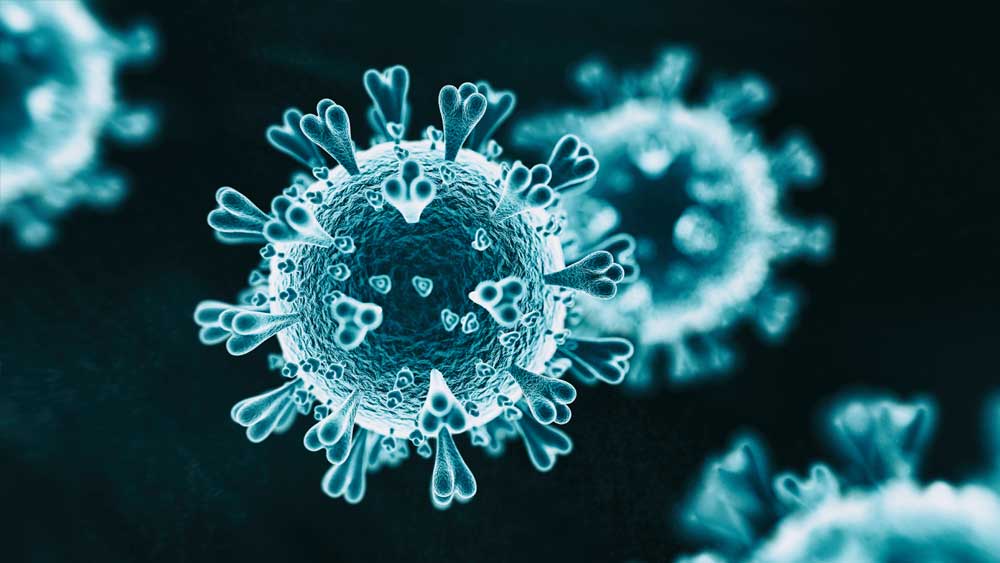As we are embroiled in a worldwide COVID-19 pandemic, it is important to know the basics of these tragic viral infections and why the medical community can’t just prescribe common antibiotics as they do with bacterial infections.
To begin with, there is a significant difference between bacteria (such as the ubiquitous E. coli that is sometimes in the news) and viruses. Bacteria are much larger than tiny viruses and there’s a large group of specially designed viruses—called bacteriophages—that attack bacteria and replicate (duplicate) in them.
Bacteria are of two general types, based on how they retain artificial stain to be viewed under the microscope. These types are gram negative and gram positive. Gram negative bacteria have thin cell walls, and gram positive bacteria have thick cell walls. The cells that make up people and animals have no cell walls. An antibiotic (such as amoxicillin or metronidazole) is designed to attack and break down components of the bacterial cell wall and thus kill it. But viruses are not made with cell walls and thus are unaffected by antibiotics.
A virus is a self-replicating, infectious, nucleic acid-protein complex. It is designed to enter into a host cell for replication, taking over the cell’s biological machinery. The viral genome (total genetic information) is RNA or DNA. Examples of illnesses caused by viruses range from the common cold1 (which can be caused by one of the rhinoviruses) to viruses that cause diseases of the liver (hepatitis). DNA viruses are the cause of diseases such as smallpox and herpes. RNA viruses cause Ebola disease, SARS, hepatitis C, and the flu.
COVID-19 is known as a novel coronavirus. It gets its name from its shape as seen under the electron microscope that has a much higher magnification than traditional light microscopes. The coronavirus looks like a ball studded with proteins. The surface of the envelope (not a cell wall) has spike glycoprotein, E-protein, and membrane protein. Inside the virus is the RNA genome.
The disease (severe acute respiratory syndrome) is spread by sneezes and coughs which is why those that are infected wear masks and stay well away from others. The lungs are most affected by this virus. The virus enters the lung cell and begins replication, making many more viruses that infect other host cells. The patient may begin to experience fever, cough, and shortness of breath and should seek medical help.
Those of us who know Christ should help our neighbors physically and, more importantly, spiritually, introducing those who are at risk or in fear to the Great Physician.
References
1. Common Cold. MedicineNet. Posted on medicinenet.com.
*Mr. Sherwin is Research Associate is at ICR. He earned his master’s in zoology from the University of Northern Colorado.

What’s the Difference Between Virus and Bacteria?
The Latest
May 2025 ICR Wallpaper
"Now may the God of hope fill you with all joy and peace in believing, that you may abound in hope by the power of the Holy Spirit." (Romans...
Acoustic Communication in Animals
We are all familiar with vocalizations in the animal world. For example, dogs bark, birds sing, frogs croak, and whales send forth their own distinct...
Creation Kids: Crystals!
by Michael Stamp and Susan Windsor*
You're never too young to be a creation scientist and explore our Creator's world. Kids, discover...
APOLOGETICS
Playing Chess with Little Furry Critters
God’s multifarious and marvelous designs for basic creature needs are so innovatively clever and providentially purposeful that Christ’s...
Credit Only Our Creator
History was my favorite subject as a young kid. But it always puzzled me when my teachers said, “We study history so that we don’t repeat...
Genomic Tandem Repeats: Where Repetition Is Purposely Adaptive
Tandem repeats (TRs) are short sequences of DNA repeated over and over again like the DNA letter sequence TACTACTAC, which is a repetition of TAC three...
Dinosaur National Monument: Fossil Graveyard of the Flood
Straddling the border of Utah and Colorado, Dinosaur National Monument (DNM) is one of the richest exposures of dinosaur fossils in the world.1...
The Transforming Influence of Genesis: Worker Dignity and Safety
When Pharisees questioned the Lord Jesus about marriage, He answered by quoting Genesis 1:27: “But from the beginning of the creation, God ‘made...
Giant ''Meg'' Shark: Longer and Leaner?
Fossil remains of the giant shark Otodus megalodon have been found in Miocene1 and Pliocene2 rock layers, which ICR scientists...
CREATION.LIVE PODCAST
Searching for Truth Across the Globe | Creation.Live Podcast:...
How can we bring the Gospel of Jesus Christ and the truth of creation to others outside our small spheres of influence?
Host...













